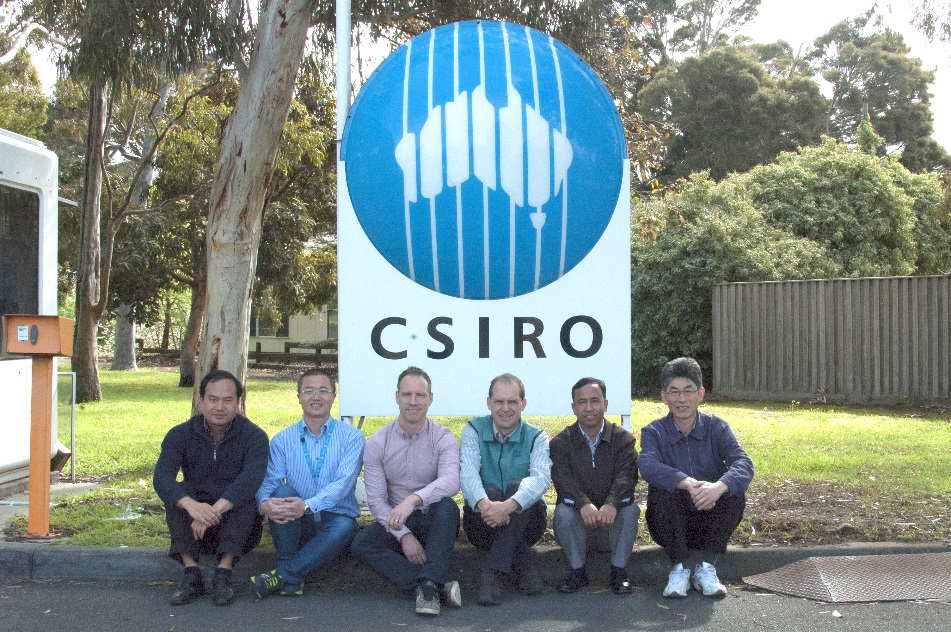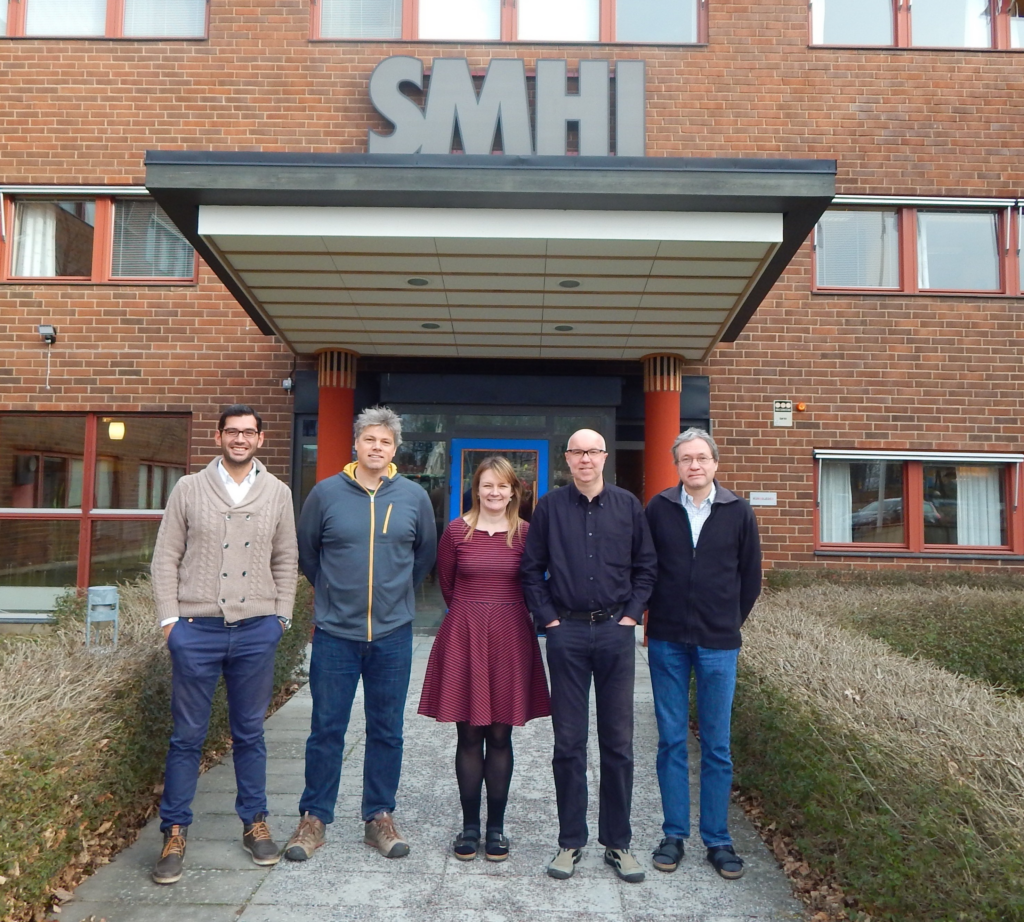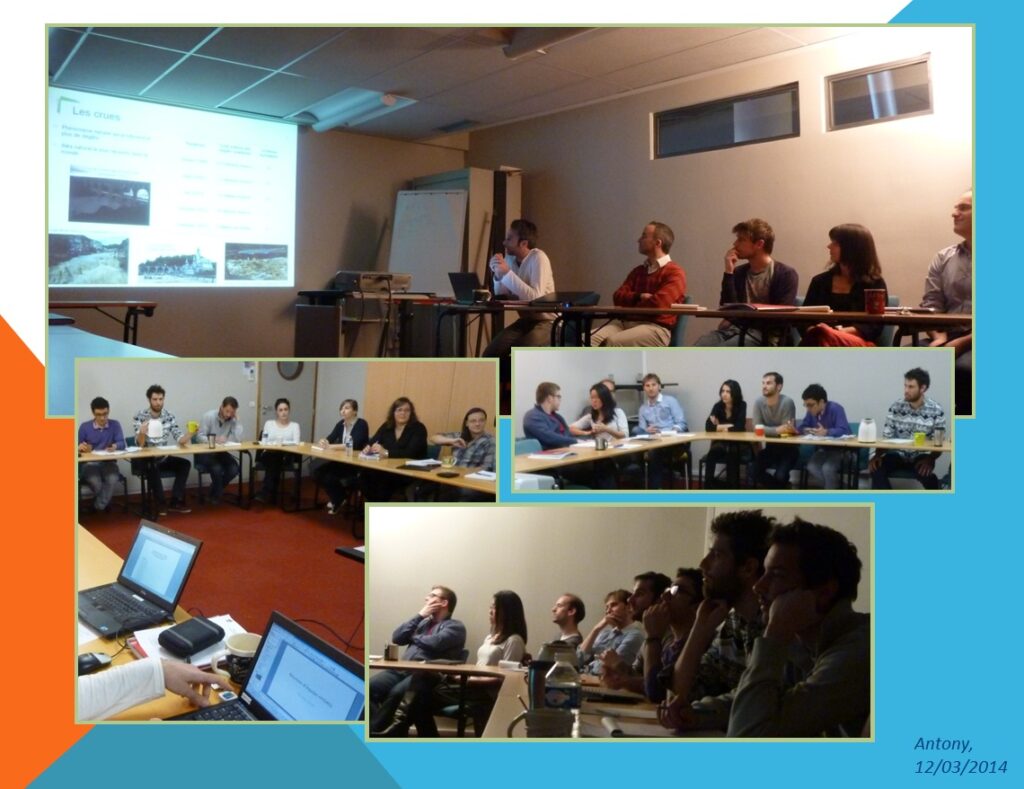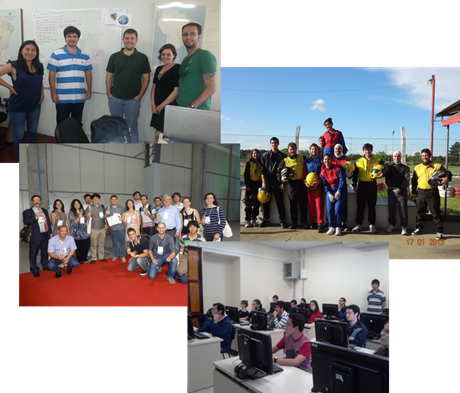Meet HEPEX Columnist Teams for 2016
This year we have research teams as Guest Columnists for 2016. They join the 2014 and 2015 Guest Columnists to share thoughts, expertise and views with us.
Who are they?
Here below a short description of the teams that kindly accepted to be Guest Columnist Teams for 2016:
CSIRO Water Forecasting team, Australia: CSIRO (Commonwealth Scientific and Industrial Research Organisation) is Australia’s leading multidisciplinary research organisation, with more than 5000 staff working out of 55 locations in Australia and internationally.
 CSIRO’s Water Forecasting team will be contributing to the HEPEX portal this year. The team is led by Dr. Q.J. Wang and based in Melbourne and Brisbane. There are about 10 full-time researchers from across CSIRO who work on water forecasting projects.
CSIRO’s Water Forecasting team will be contributing to the HEPEX portal this year. The team is led by Dr. Q.J. Wang and based in Melbourne and Brisbane. There are about 10 full-time researchers from across CSIRO who work on water forecasting projects.
The Water Forecasting team works closely with the Bureau of Meteorology and other partners to develop methods and tools for generating skilful and reliable ensemble streamflow forecasts for lead times of hours to 12 months for flood response and water resource management applications. The team’s work is focussed on combining climate and weather forecasts, hydrological modelling, and Bayesian statistical methods for model updating, post-processing and combination.
SMHI, Sweden: The Swedish Meteorological and Hydrological Institute (SMHI) is a public body under the Ministry of Environment, running both governmental services and commercial businesses. SMHI is providing decision-support to a broad range of end-users, based on meteorology, hydrology, oceanography, and climatology information. The institute has a long tradition in developing customized products and services, as well as 24/7 production of forecasts with early warnings, and operates the dissemination of flood alerts to other EU member states in the European Flood Awareness System (EFAS). SMHI represents Sweden in WMO and has a long tradition in operational hydrological modelling of river discharge.
 The hydrological research unit is led by Berit Arheimer and is based in Norrköping.
The hydrological research unit is led by Berit Arheimer and is based in Norrköping.
 The unit consists of some 23 scientists, of which 3 associate professors and 18 PhD holders, and their present research focuses on better forecast production, spillway design, flood risk, hydrochemical modelling, fire hazard and effects of climate change. The research team has large experience with the application of multi-basin hydrological models at the large scale.
The unit consists of some 23 scientists, of which 3 associate professors and 18 PhD holders, and their present research focuses on better forecast production, spillway design, flood risk, hydrochemical modelling, fire hazard and effects of climate change. The research team has large experience with the application of multi-basin hydrological models at the large scale.
Five senior hydrology researchers will contribute to the HEPEX blog: Chantal Donnelly, David Gustafsson, Göran Lindström, Jonas Olsson and Ilias Pechlivanidis. They will be sharing their insights and experience on the scientific and operational challenges in hydrological forecasting (short to medium range, sub-seasonal to seasonal).
IRSTEA Hydrology, France: IRSTEA stands for Institut national de recherche en sciences et technologies pour l’environnement et l’agriculture (National Research Institute of Science and Technology for Environment and Agriculture; formerly known as Cemagref). IRSTEA is a national, public research institute in France, under the joint supervision of the Ministry of Research and the Ministry of Agriculture, and holding an agreement with the Ministry of Ecology. It has about 1600 employees, working in 9 centres in France.
 The columnist team contributing to the Hepex Portal this year is the Catchment Hydrology Group, which is based in the centre located in Antony, a city at 13 km from Paris. The group is currently lead by Dr. Charles Perrin.
The columnist team contributing to the Hepex Portal this year is the Catchment Hydrology Group, which is based in the centre located in Antony, a city at 13 km from Paris. The group is currently lead by Dr. Charles Perrin.
The research team has large experience with the development of hydrological models (GR4J, GRP) and the use of meteorological ensemble predictions in hydrological forecasting. In close collaboration with operational forecasting and monitoring services, they develop operational systems to flood and drought forecasting, as well as techniques to enhance water management and better assess water-related risks. The team has also broad experience in organizing and participating to Ultimate Frisbee Tournaments during IAHS conferences.
You can meet the people in the team following these links: permanent staff, contractual personnel and students.
LSH Research Group, Brazil: The Large Scale Hydrology (LSH) research group is part of the Institute of Hydraulic Research within the Federal University of Rio Grande do Sul (UFRGS).
 The group is led by Professor Dr. Walter Collischonn and consists of professors, researchers and students from the UFRGS post-graduation program in Hydrological Resources and Environmental Sanitation, together with associates from other institutions.
The group is led by Professor Dr. Walter Collischonn and consists of professors, researchers and students from the UFRGS post-graduation program in Hydrological Resources and Environmental Sanitation, together with associates from other institutions.
The research group aims at improving knowledge on hydrology of large basins and rivers, emphasizing South America, and its applications.
Focus areas are:
- Development of hydrological models – The group develops the large-scale hydrological model MGB-IPH; the large scale water quality model SIAQUA-IPH; and the water balance model for the analysis of water permits SAD-IPH, among others.
- Hydrological forecasting – Hydrological forecasting techniques using quantitative precipitation forecasts and remote sensing precipitation estimates.
- Analysis of hydrological changes – Analysis of land-use change on the hydrology of large rivers, impacts of climate change and variability, mitigation of adverse effects of climate variability and extreme weather events, such as river floods and droughts.
- Development of hydrodynamic models of rivers and lakes.
- Application of Remote Sensing data to hydrology – River altimetry, remote sensing of precipitation, soil moisture and evapotranspiration.
- Development of GIS tools applied to hydrology – Obtaining useful information from Digital Elevation Models (DEM), integration between GIS and hydrological models.
All columnist posts can be read following the link here.
We hope you will enjoy (and comment) their posts over the year!
0 comments